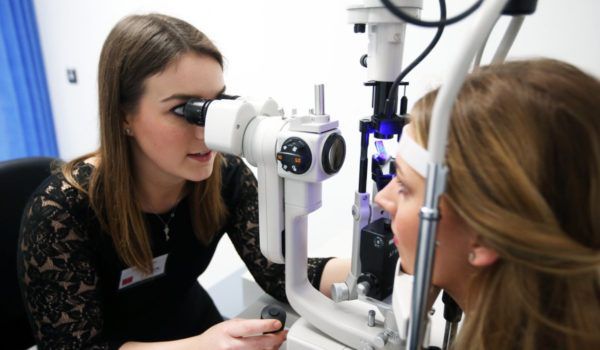
MYOPIA: Your Ultimate Guide To Knowing More – READ HERE
Myopia or in a more common term, nearsightedness, is a common condition of the eye among individuals worldwide. This condition makes the focus of vision difficult when distant from the object. However, because it is the condition of nearsightedness, when an item is relatively close, the vision sees it more clearly. There are a couple of methods that an eye with myopia can be treated – it could be by wearing corrective lenses like contacts or glasses or being treated through laser surgery. Reading this article will support you to know more about myopia, it’s causes and symptoms, including the available treatment for this condition.
Myopia is a refractive defect, which means that the retina cannot bend or refract light properly. The retina can not focus on the light that approaches it correctly, so the pictures in the distance look distorted and vague. There are a variety of forms of myopia.
- Simple myopia: The retina seems to be healthier in the case of simple myopia. Wearing of glasses or contact lenses may quickly fix a person’s vision difficulties.
- High myopia: High nearsightedness is a more extreme form of myopia. When a person experiences short-sightedness at a young age, it becomes worse as they grow older; it can increase a person’s likelihood of developing some other eye disorders, such as vision loss, glaucoma, or cataracts.
- Pathological myopia: Individuals with pathologic or incurable myopia may have underlying eye problems.
Reasons and Risk Factors
Myopia happens when either the eye’s eyeball is too long or when the cornea is too curved. This indicates that the light going into the eye will pause in front of the eyes instead of the retina. The retina uses light to produce images that it communicates to the brain. If the illumination is unable to focus correctly on the retina, the vision it produces can look distorted. Specialists still do not know the precise triggers of myopia; several factors—such as genetic factors that could raise the risk of myopia occurring.
Symptoms of the condition
Having distorted sight when viewing things in the sight is the primary symptom of nearsightedness. Others could include:
- Weary eyes
- Headache
- Squinting
If an individual continues to feel these indications, they should talk to an eye doctor who can ultimately determine whether they have myopia. The optometrist may prescribe corrective lenses to rectify the problem. If myopia is more progressed, an optometrist can prescribe the patient to undergo surgery.
Preventing the condition’s severity
Provided that nearsightedness has inherited ties, it can be impossible to avoid individuals who seem to have a background of nearsightedness in their family. Spending time outdoors, in the daytime, can help to reduce the development of myopia. Ensuring you don’t waste too much time doing a near digital job.
Treatment
Doing clinical myopia management can help patients who experience this condition. It is still best to consult an eye expert to mitigate these concerns – an eye doctor may suggest the patient wear corrective lenses or undergo surgery if it’s severe.






